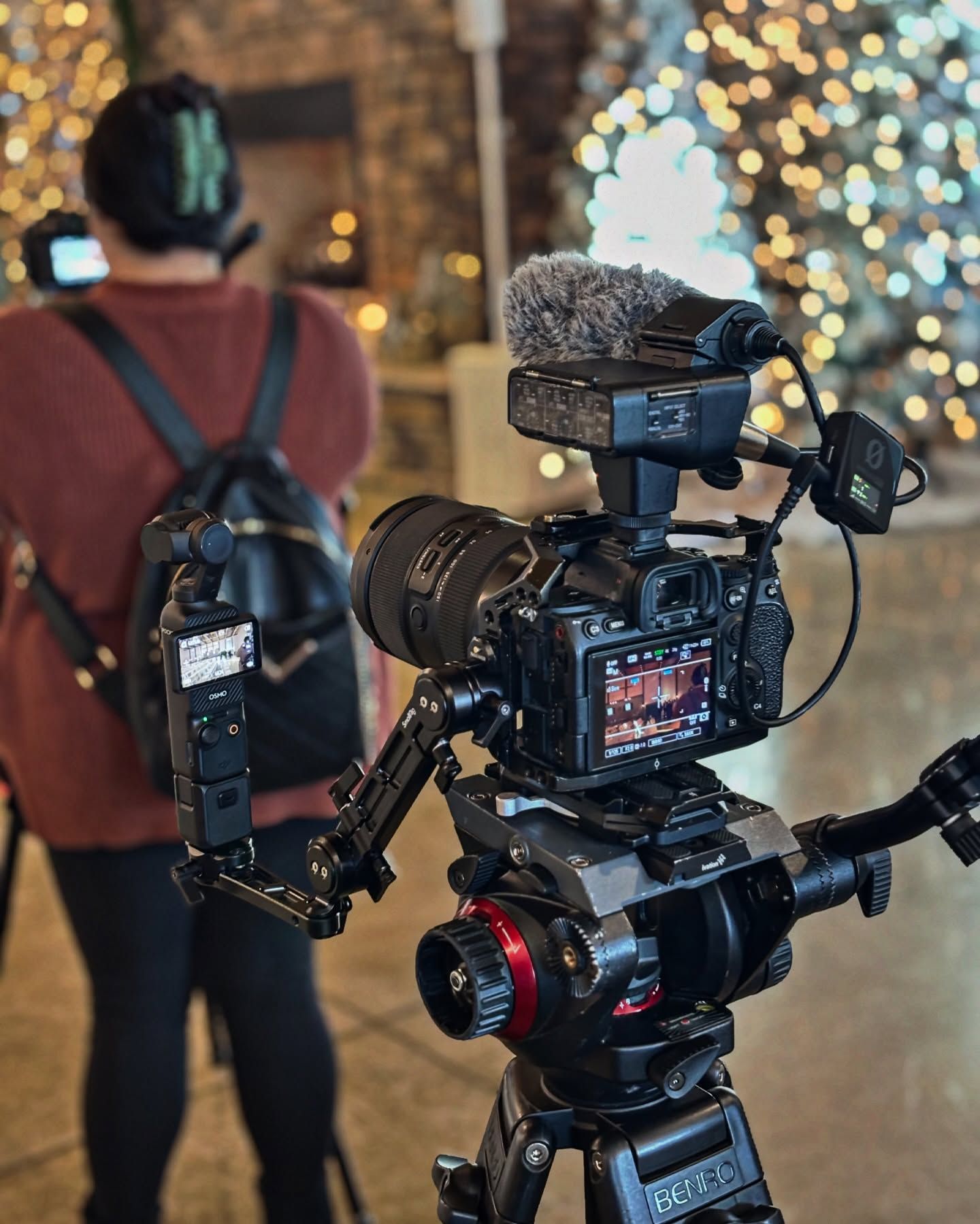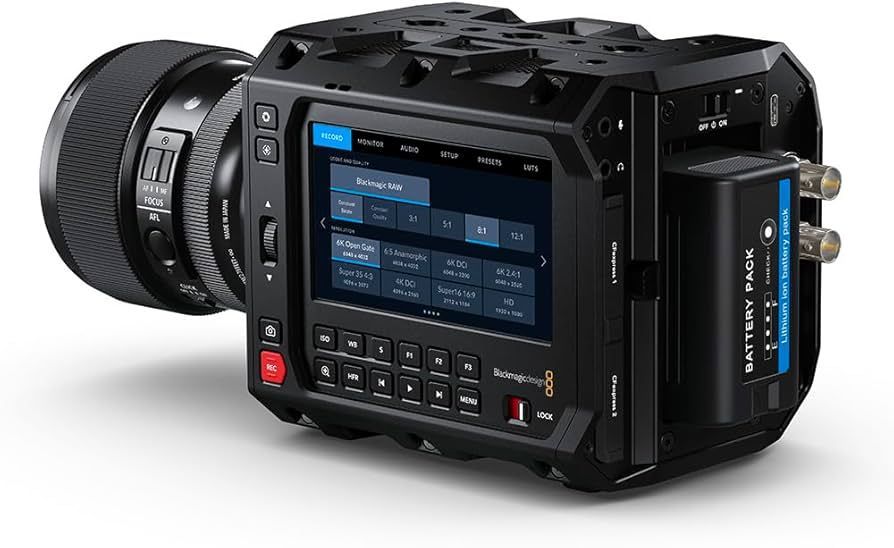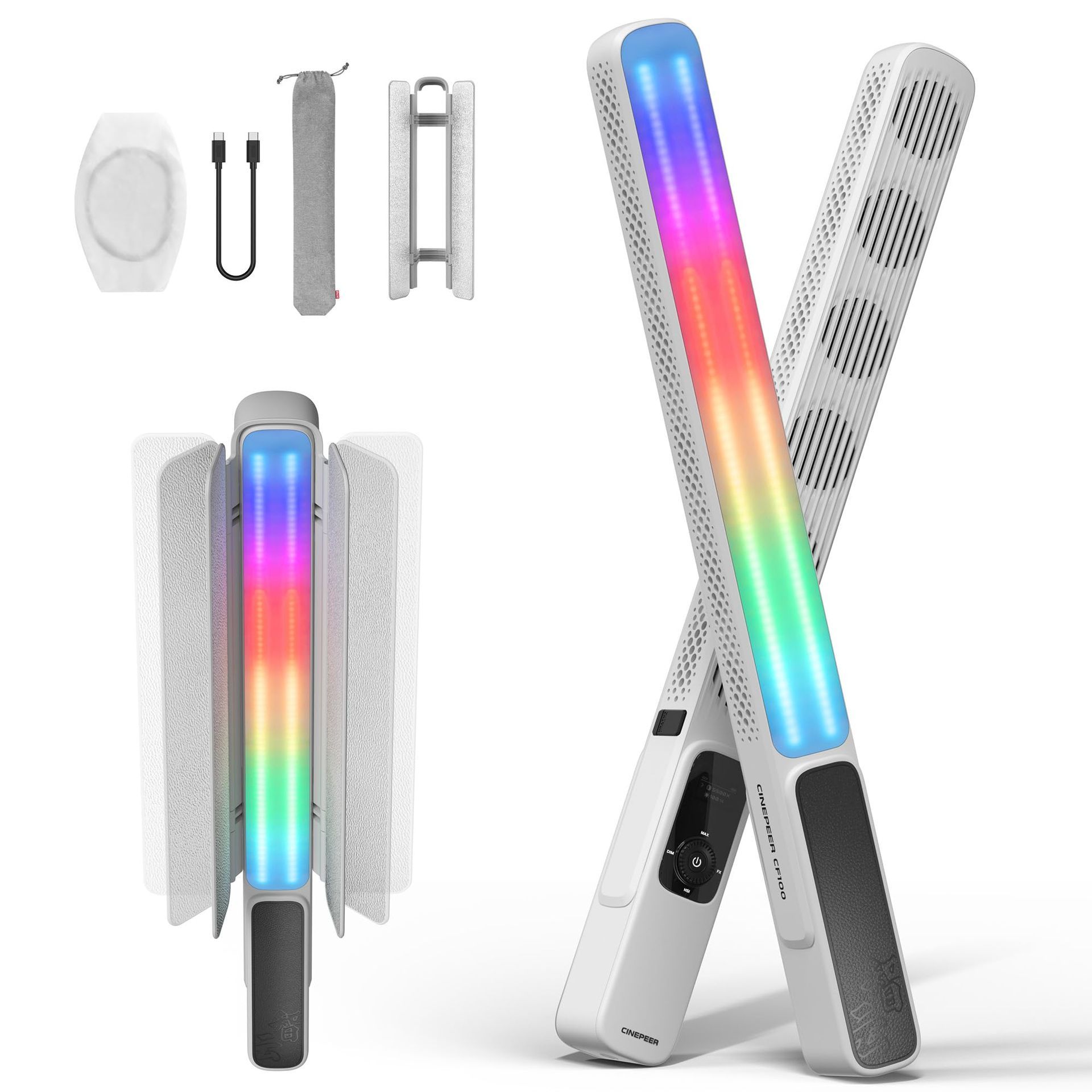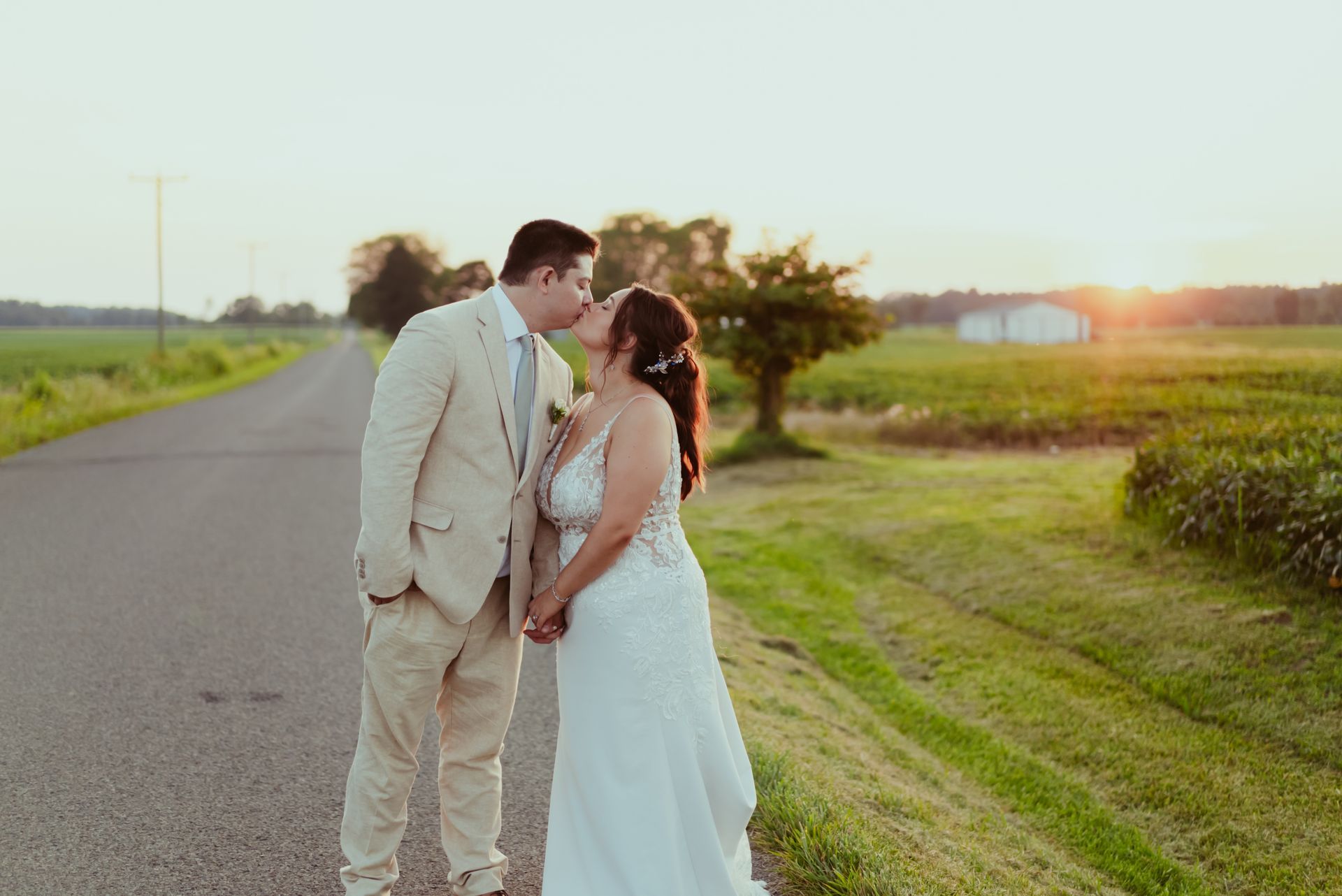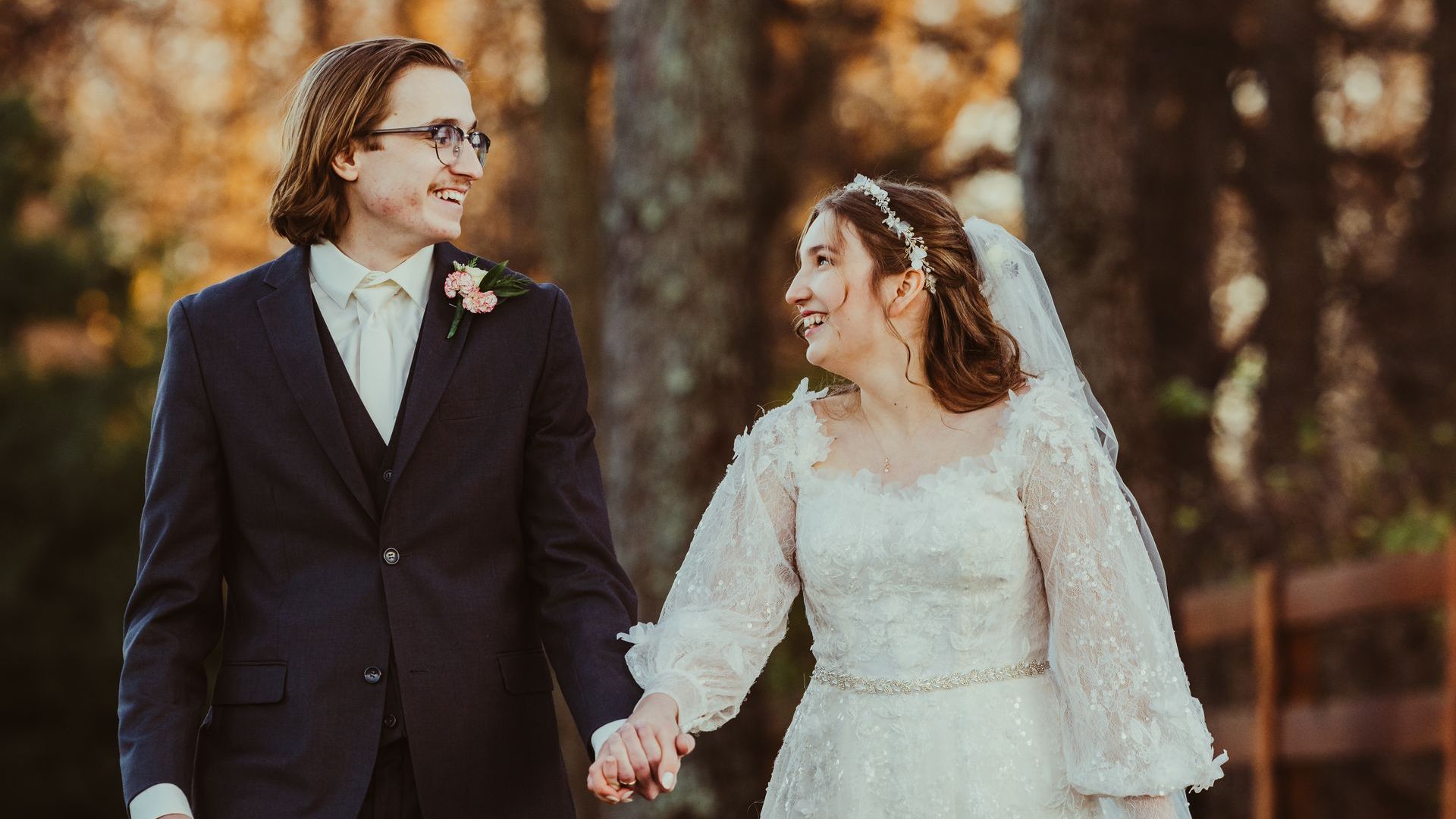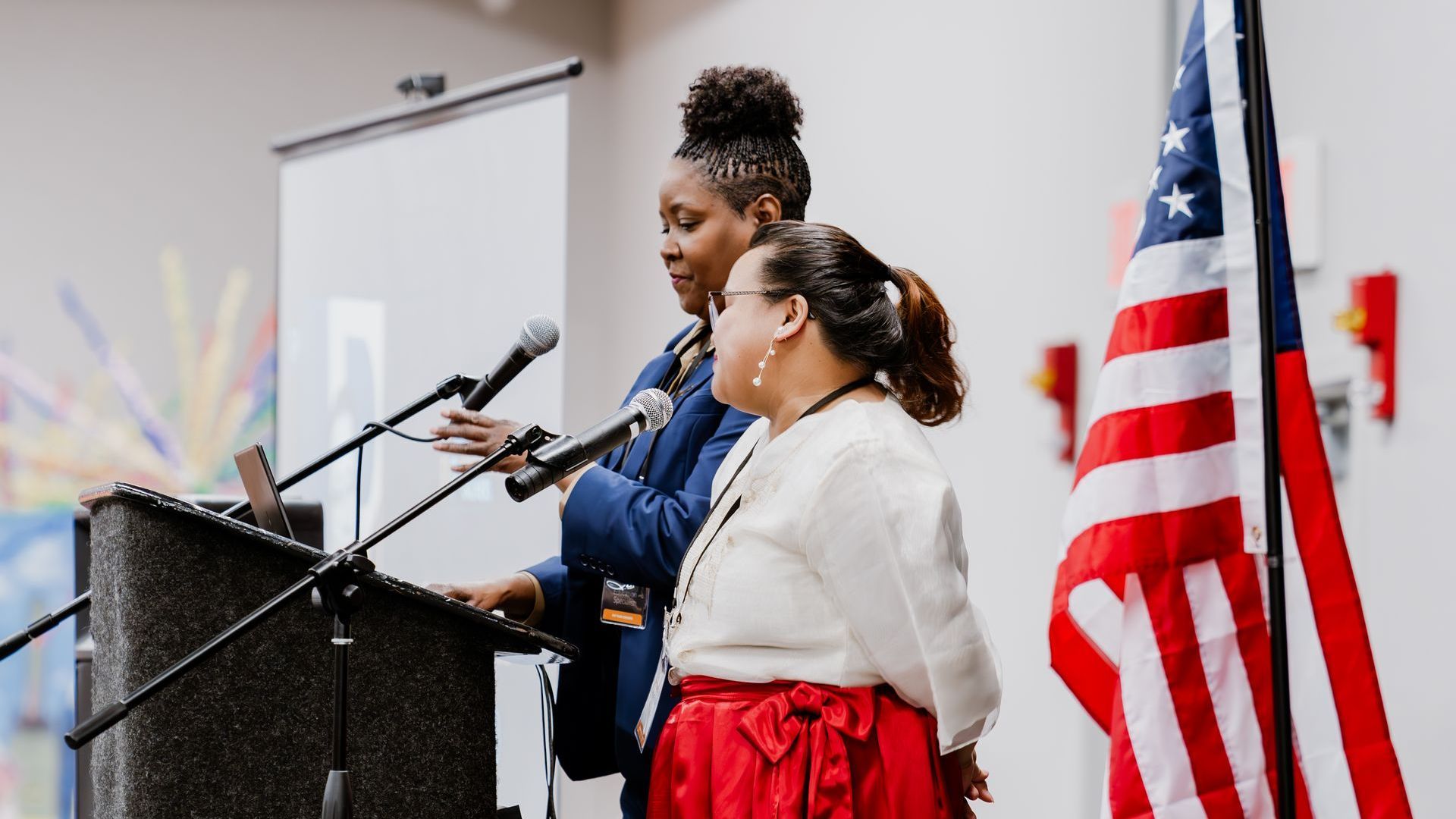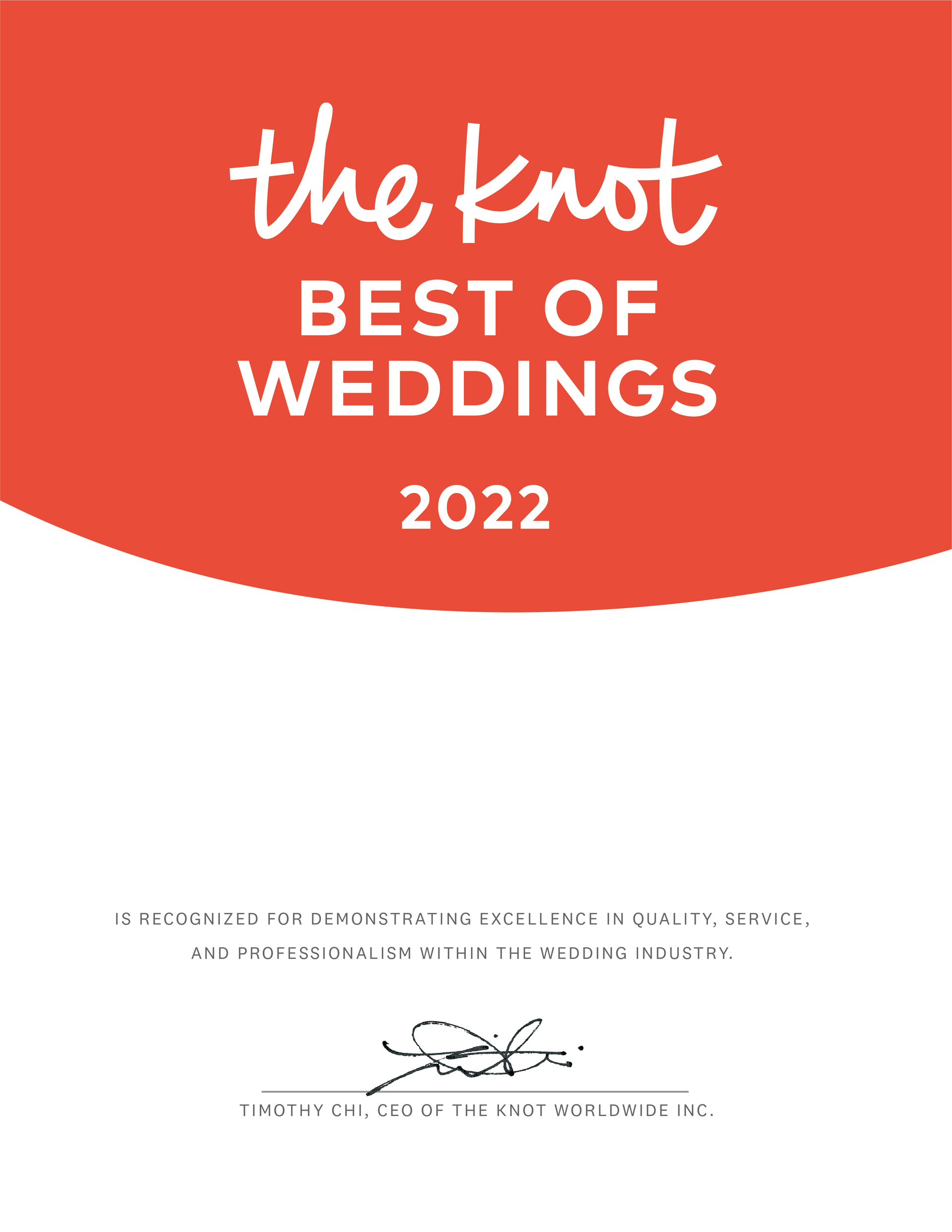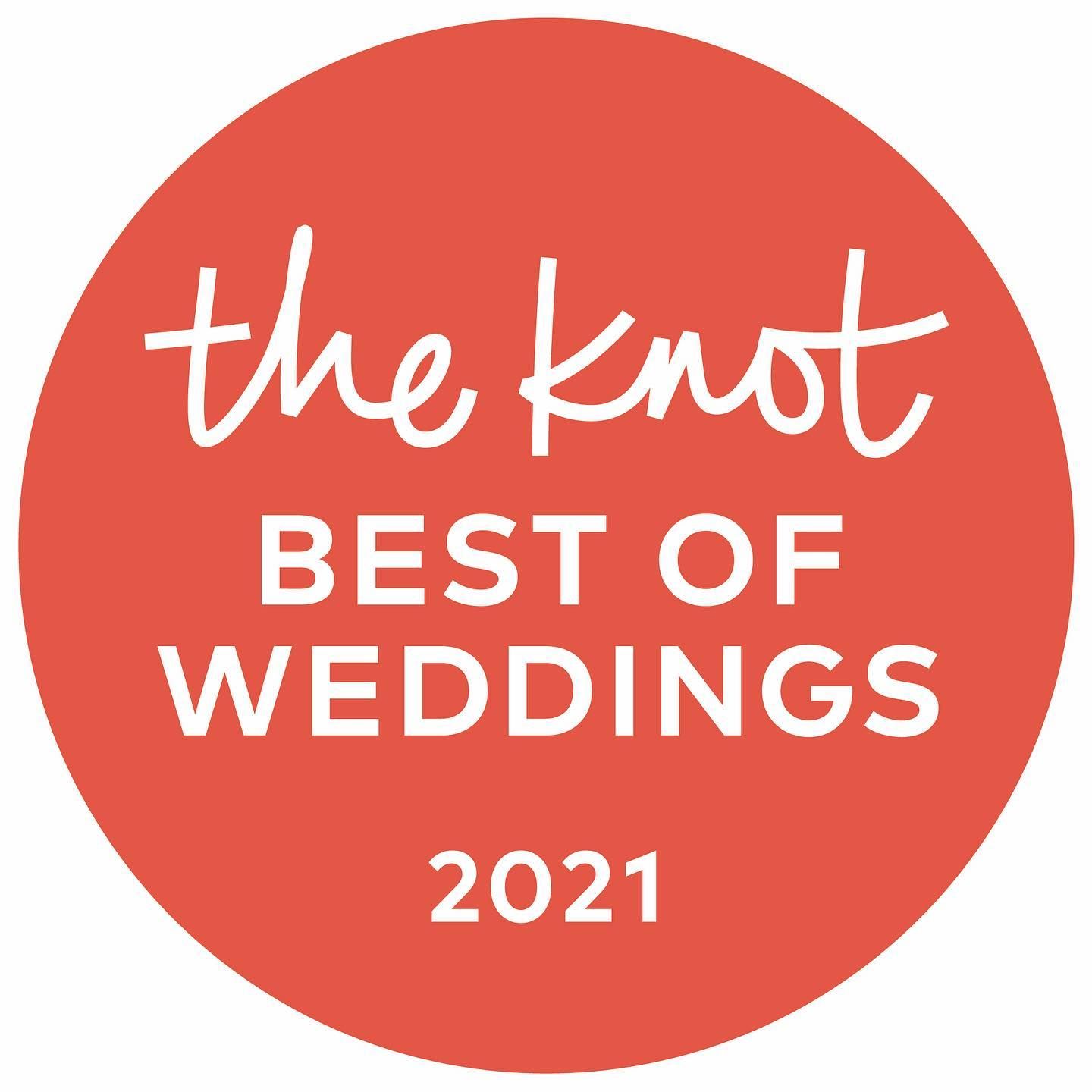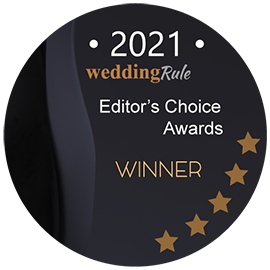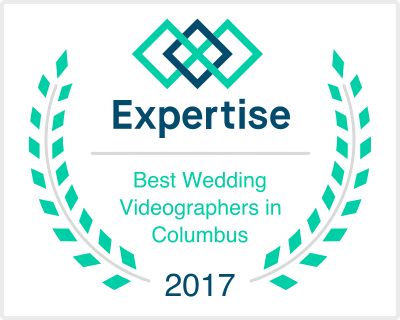What Is The Best Lens For Real Estate Photography
How To Get Started With Professional Real Estate Photography
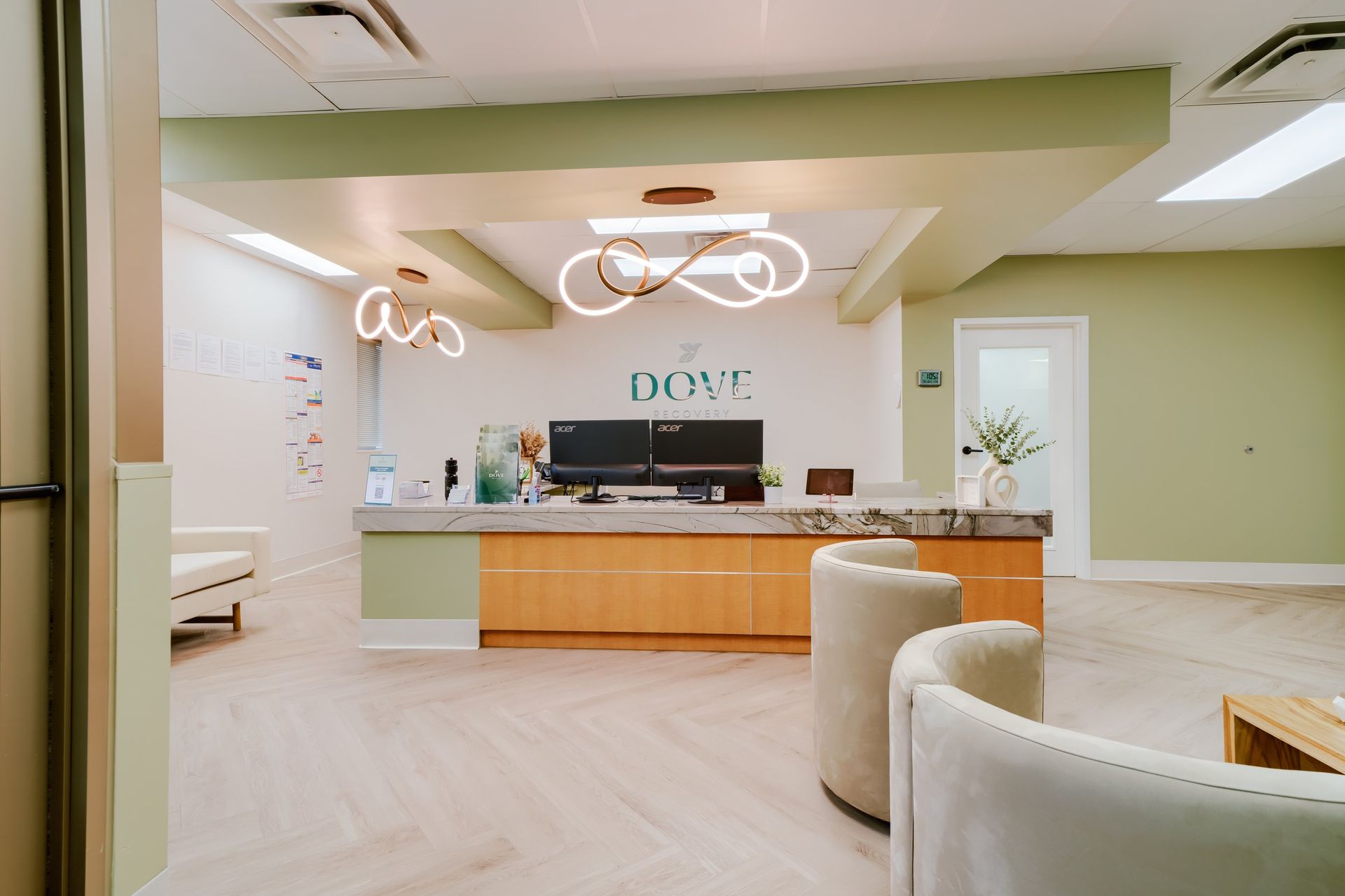
As a real estate photographer, it is important to have the right equipment to capture images that showcase the beauty of each property. In this blog article, we will go over some of the best lenses and gear to use for real estate photography to help you get started in your journey.
Gears You'll Need
Before getting started it is important to have the right gear. Here are some of the recommendations to consider:
Camera: Invest in an entry-level mirrorless camera, such as a Sony a6400 or a6600 if you are a beginner or a Sony A7RIVA or A7R V if you are a professional. These cameras allow you to manually control settings such as aperture, shutter speed, and ISO. These settings will give you full control and flexibility when you're capturing your shots.
Tripod: A sturdy tripod is a must have for real estate photography. It will help you maintain stability and avoid blurry images, especially if you are shooting at a low shutter speed or in bracket mode.
Wide angle lens: The interior space on some properties can be smaller than others. Having a good wide lens will give you the flexibility to capture your images without being limited. Look for lenses with focal lengths between 16mm and 24mm.
Prime lens: While wide angle lenses are great for capturing the overall shot, prime lenses are perfect for capturing details. Investing in a 35mm or 50mm lens is a great place to start.
Flash with a diffuser: Sometimes, the available natural light might not be the best. Having an external flash with a diffuser can help you control the lighting.
How to Prepare for Your Shoot
Preparation is key to a successful shoot. Here are some tips to help you prepare:
Scout the location: Visit the property before the shoot to get an idea of the floor plan and identify any potential challenges or features that you would like to highlight.
Declutter and stage the space: A clean and well staged property will look more appealing in photographs. Work with the homeowner or agent to declutter the space and arrange furniture so they're visually appealing.
Consider the time of day: Natural lighting can greatly enhance your photographs. Schedule your shoot during the golden hour (early morning or late afternoon) to take advantage of warm, soft light.
Make a shot list: Plan the shots you want to capture in advance. This will help you stay organized and ensure you don't miss any important details.
Wide angle Lenses for Capturing Spacious Interiors
One of the most common things in real estate photography is capturing the spaciousness of a property. Wide angle lenses are ideal for this purpose because they allow you to capture a wider shot. Here are some affordable wide angle lenses we recommend:
Canon EF-S 10-18mm f/4.5-5.6 IS STM: This lens is a great option for Canon APS-C sensor cameras that wont break the bank. It offers sharp image quality, optical image stabilization, and autofocus.
Nikon AF-S DX NIKKOR 10-24mm f/3.5-4.5G ED: If you're using a Nikon DX-format camera, this lens is a fantastic choice. It provides sharp images, minimal distortion, and a wide zoom range at an affordable price.
Sigma 14-24mm f/2.8 DG DN Art Lens & Samyang AF 18mm f/2.8 FE Lens for Sony E: Sony mirrorless camera users will appreciate the outstanding image quality these two lenses offer. It's perfect for capturing interiors and detail shots.
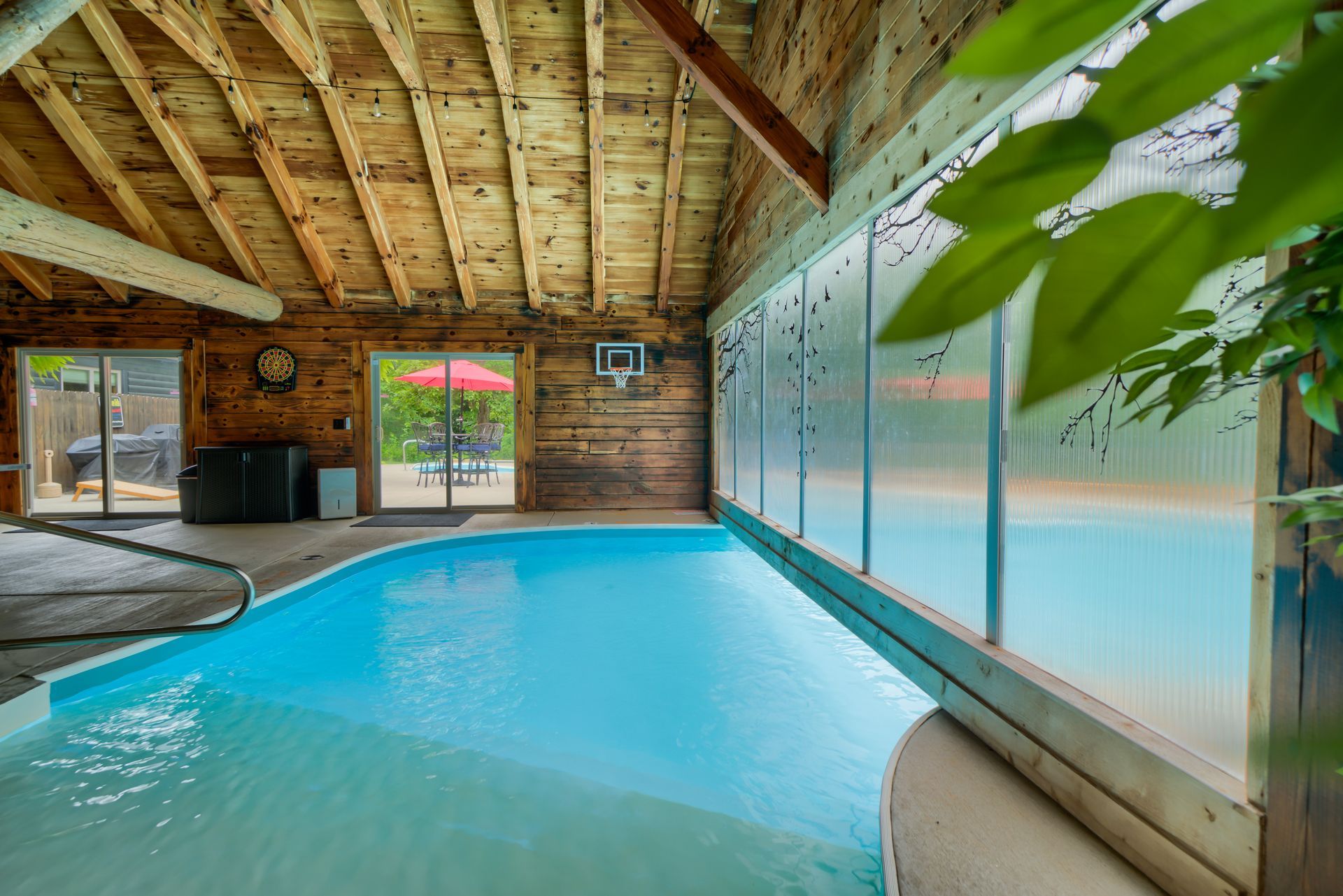
Prime Lenses for Capturing Details
Wide angle lenses are great for capturing the overall scene while prime lenses are perfect for capturing small details and creating a shallow depth of field. Here are some Affordable prime lenses we recommend:
Sony E 35mm F1.8 AF Compact Full Frame Wide Angle: This lens is known for its exceptional image quality and sharpness. It allows you to capture detailed shots with beautiful bokeh, making it a favorite among real estate photographers.
Canon EF 50mm f/1.8 STM: If you're on a budget, this lens from Canon is an excellent choice. It provides great image quality and a wide aperture for creating a shallow depth of field.
Nikon AF-S NIKKOR 50mm f/1.8G: Nikon users can enjoy the versatility and affordability of this prime lens. It delivers sharp images perfect for any of your detail shots.
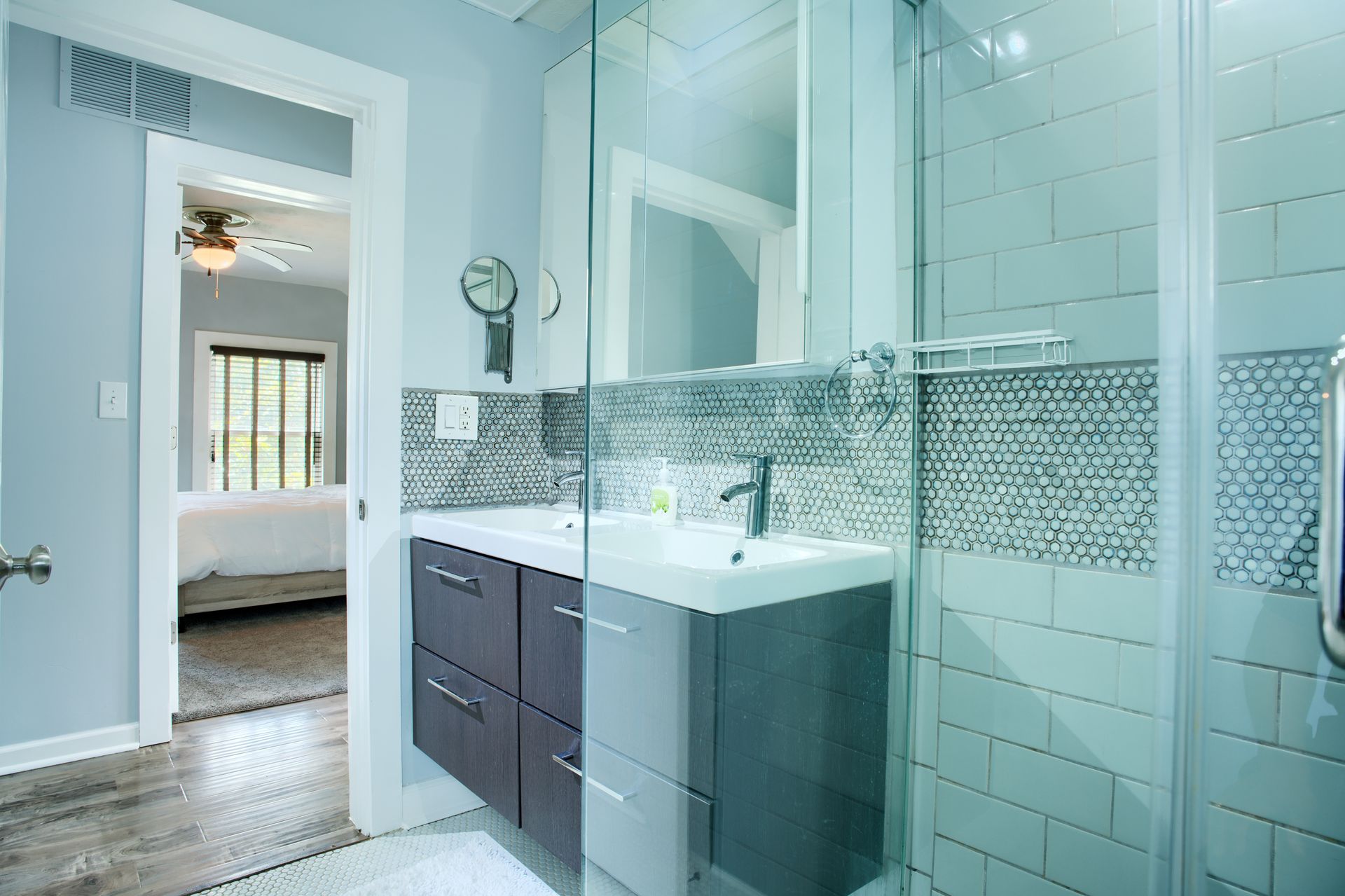
Other Lenses To Consider
Choosing the best lens for real estate photography ultimately depends on your camera system and personal preferences. However, here are some lenses that are highly regarded by professionals in the industry:
Canon EF 16-35mm f/2.8L III USM: This lens offers excellent image quality, minimal distortion, and a wide focal range. It's a favorite among Canon users for capturing interior and exterior shots.
Nikon AF-S NIKKOR 14-24mm f/2.8G ED: Nikon users looking for exceptional image quality and a wide-angle perspective will appreciate this lens. It produces sharp images with minimal distortion.
Sony FE 16-35mm f/2.8 GM: Sony mirrorless camera users can rely on this lens to capture stunning wide-angle shots. It delivers outstanding image quality, fast autofocus, and excellent corner-to-corner sharpness.
Including Aerial Shots In Your Photography
Drone photography has become increasingly popular in real estate, allowing photographers to capture unique aerial perspectives of properties. Here are a few tips for incorporating drones into your real estate photography:
Check regulations: Before flying a drone, familiarize yourself with local regulations and obtain any necessary licenses or permits.
Capture the surroundings: Drones offer the opportunity to showcase not only the property but also its surroundings. Capture aerial shots that highlight the neighborhood.
Plan your shots: Create a flight plan and shot list before taking off. This will help you maximize your flight time and ensure you capture the shots you need.
Best Camera Settings
To achieve professional real estate photographs, it's important to understand the best camera settings for the job. Here are some recommended settings to consider:
Aperture: Use a narrow aperture (higher f-number) such as f/6 to f/11 to maximize depth of field and to make sure that both the foreground and background are in focus.
ISO: Keep the ISO as low as possible to minimize noise in your images. Start with ISO 100 or 200 and adjust accordingly based on the available light, for even better result, place your camera on a tripod, set up your shot and shoot in bracket mode at 3 stops to capture HDR images (High Dynamic Range images).
White balance: Set the white balance to match the lighting conditions of the property. Use the camera's auto white balance or manually adjust it for accurate color representation.
RAW format: Shoot in RAW format to have more flexibility when editing your images. RAW files are uncompressed and allow you to manipulate your images with ease.
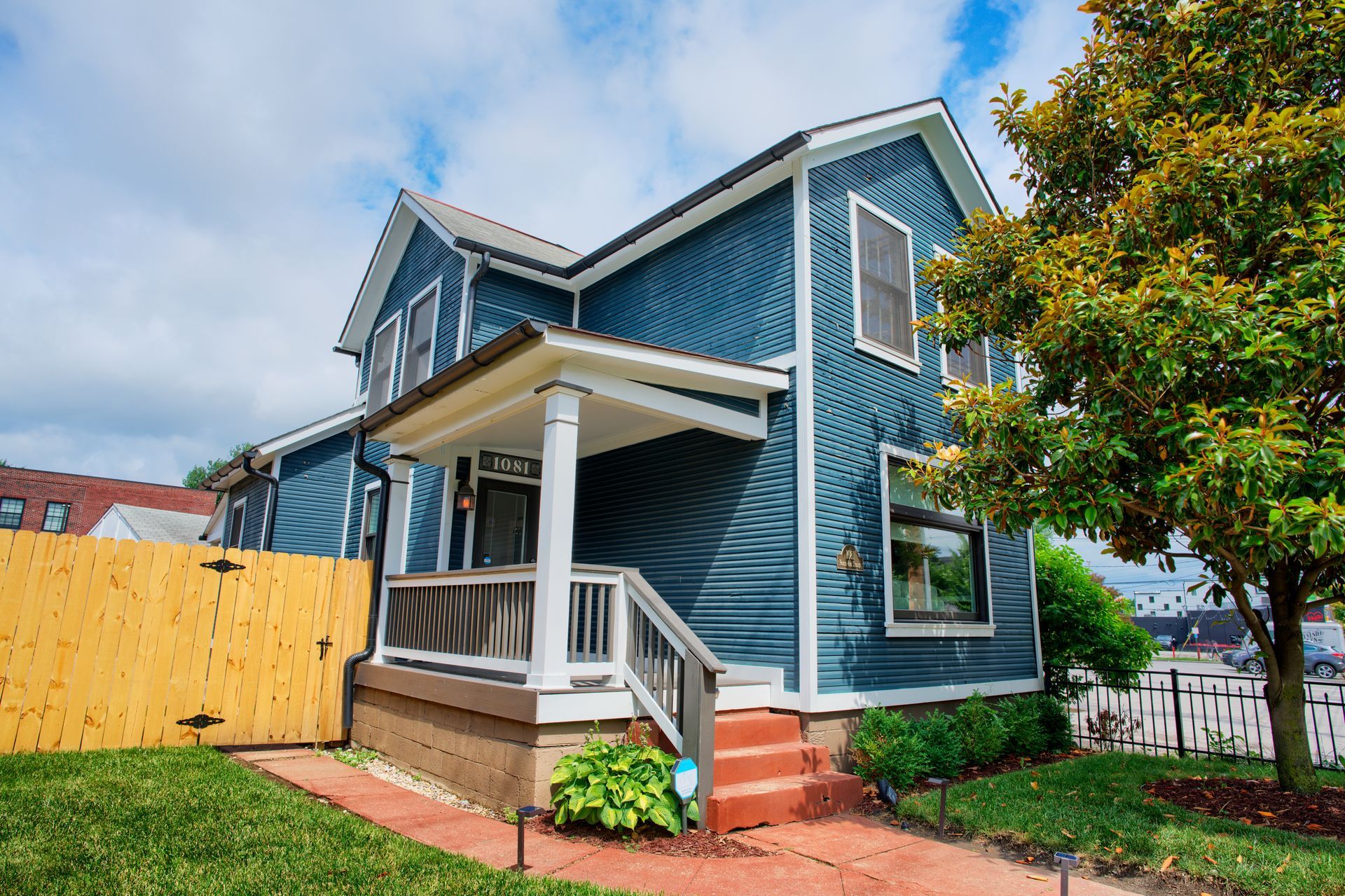
Your First Real Estate Photography Shoot
Your first shoot can be both exciting and nerve-wracking. Here are some tips to help you navigate your first shoot with confidence:
Arrive early: Give give yourself plenty of time to set up your equipment and familiarize yourself with the property before the shoot.
Communicate with the homeowner or agent: Understand their expectations and any specific shots they would like you to capture. This will help you deliver images that meet their needs.
Experiment with different angles: Explore different perspectives and angles to highlight the property's best features. Don't be afraid to challenge yourself to make your images stand out.
Tips For Achieving The Best Shots
To wrap up this article, here are a few additional tips to help you achieve the best images:
Use a tripod with a leveler: A level camera is essential for capturing straight, professional photos. Make sure all of you shots are leveled to ensure your camera is perfectly aligned.
Take multiple exposures: Bracketing your shots by taking multiple exposures at different settings will give you more options when editing.
Edit your images: Post-processing is an important step. Use editing software to enhance your images, adjusting brightness, contrast, and color balance to make them visually appealing.
Develop your style: Experiment with different techniques and develop your unique style. This will help you stand out in a competitive market and attract clients who appreciate your artistic approach.
Ready to take your real estate photography to the next level? Invest in high-quality lenses and equipment and practice regularly to refine your skills. Remember, the right lens can make all the difference in capturing stunning images that will impress your clients.
